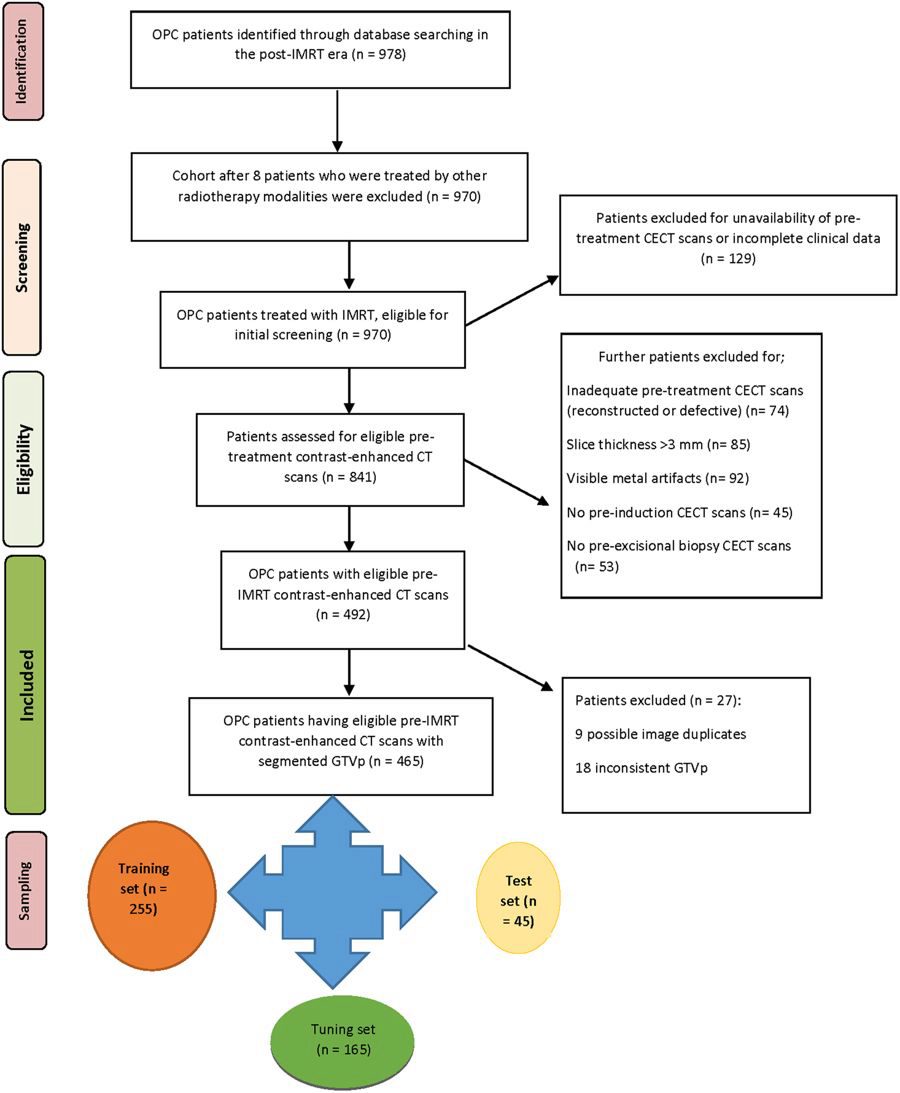Predicting the HPV P16 Status of Oropharyngeal Cancer Patients Using Radiomics and an Ensemble of Random Forests
November 26th, 2017
Categories: Applications, Visual Analytics, Visual Informatics

Authors
Elhalawani, H., Mohamed, A., Volpe, V., Yang, P., Campbell, S., Granberry, R., Ger, R., Fave, X., Zhang, L., Marai, GE, Vock, DM, Canahuate, GM, Macking, D., Court, L., Gunn, GB, Rao, A., Fuller, CDAbout
Recent data demonstrate that human papillomavirus (HPV)-associated oropharyngeal cancers (OPC) have discrete biology and clinical behavior as compared to HPV-negative OPC. We hypothesize that some phenotypic image features can be correlated to tumor biology in a non-invasive fashion. Some imaging features, specifically shape and intensity features can make a distinction between HPV-associated and HPV-negative OPC. Quantitative information from pretreatment imaging of intact tumor can give a better idea on tumor biology. Further studies are needed to validate the correlation between these radiomic biomarkers and other intrinsic tumor characteristics.
Support:
National Institutes of Health:
NCI-R01-CA214825, “SMART-ACT: Spatial Methodologic Approaches for Risk Assessment and Therapeutic Adaptation in Cancer Treatment”
NCI-R01CA225190, “QuBBD: Precision E –Radiomics for Dynamic Big Head & Neck Cancer Data”
Resources
Citation
Elhalawani, H., Mohamed, A., Volpe, V., Yang, P., Campbell, S., Granberry, R., Ger, R., Fave, X., Zhang, L., Marai, GE, Vock, DM, Canahuate, GM, Macking, D., Court, L., Gunn, GB, Rao, A., Fuller, CD, Predicting the HPV P16 Status of Oropharyngeal Cancer Patients Using Radiomics and an Ensemble of Random Forests, Radiology Society of North America meeting RSNA 2017, November 26th, 2017.